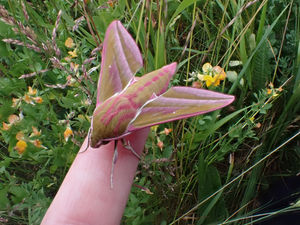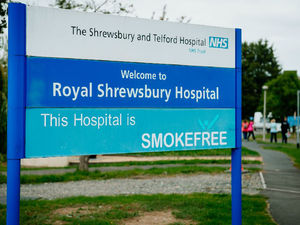To 'T' or not to 'T' - that is the question.
A blow torch has been used to damage more than a dozen village road signs in the re-emergence of a row over its spelling.
Llansantffraid, close to the Shropshire/Powys border, was traditionally spelt with a 't' until linguists successfully lobbied for it to be removed.
However following a public outcry a referendum in the village led to Powys County Council re-instating the 't' and putting up new road signs.
Now, four years on, they have been attacked with the letter 't' burnt out.
Police are investigating the attacks, thought to have taken place overnight on May 15.
County Council, Gwynfor Thomas, said it looked like a blow torch had been used to deface the signs at the entrances to the village and along the main Oswestry to Llansantffraid road.
"Direction signs have also been attacked at Llynclys and Llanyblodwel," he said.
"It is so frustrating. We have just formed a committee to look at entering the village of the year committee next year and now this happens."
Councillor Thomas, 53, said he had spelt Llansantffraid with a 't' his whole life.
"Somewhere along the line the 't' disappeared and when I was elected on to the council it was with a mandate to have the 't' re-instated. We had a referendum in the village and the vast majority of people voted to bring it back. The council changed the signs to reflect this and now they have been vandalised.
"The police are investigating the damage and hopefully will find the culprits. Their actions are childish and immature and actually achieve nothing."
He urged anyone who saw suspicious activity on the Tuesday evening to contact Dyfed Powys Police or himself.
It is believed that the village was originally named Llansanffraid-ym-Mechain, which means “Church of Saint Bride” after the Celtic female Saint Brigit.
The name was changed 150 years ago to Llansantffraid. But this upset Welsh language purists who say this implies at the saint was male.
In 2008 the letter was dropped.
Powys County Council spokesman John Evans said the change was made when work was carried out to create a list of place names in partnership with the Welsh place name standardisation committee.
The committee is a national body led by the Welsh Language Board, Welsh Assembly Government, the Ordnance Survey, academics and local authorities.





